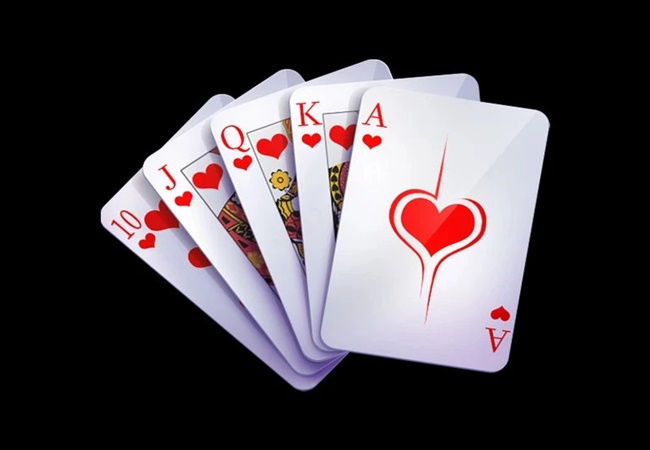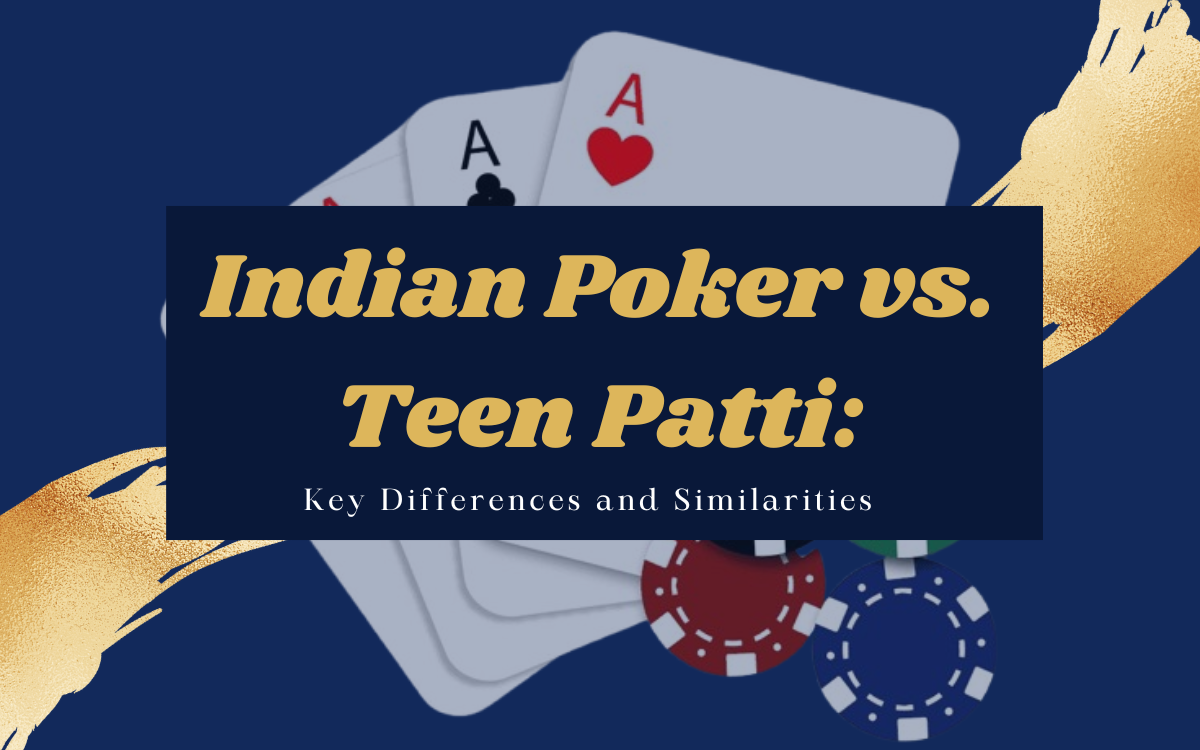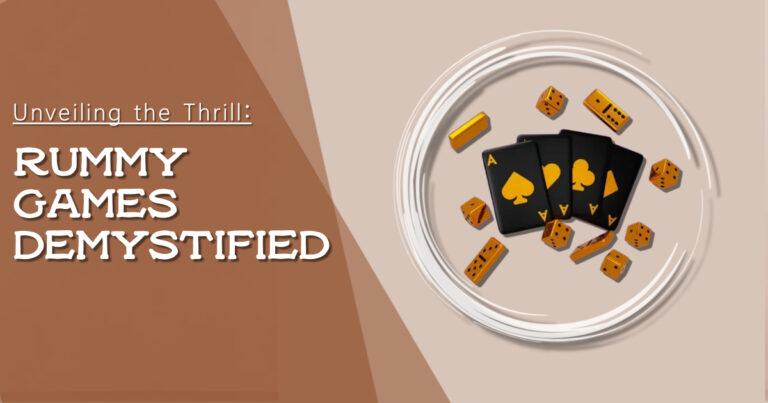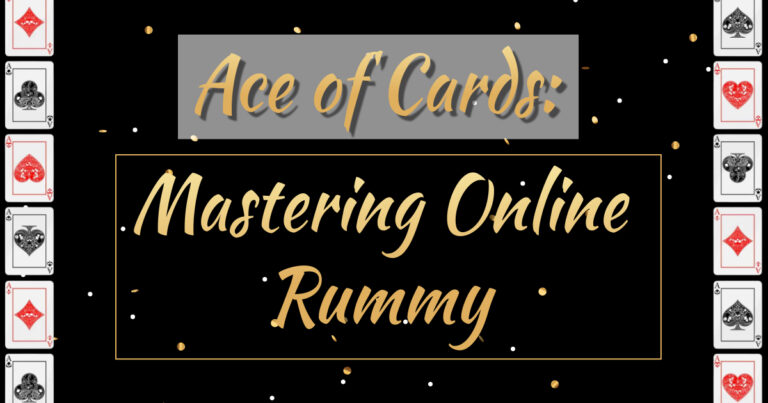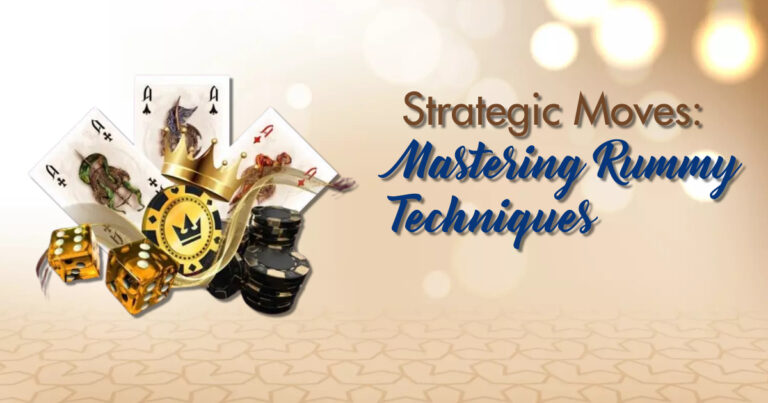Indian Poker vs. Teen Patti: Key Differences and Similarities
Card games have always been a favorite pastime across cultures, and India is no exception. Two of the most popular games that often get compared are Indian Poker and Teen Patti. While they share some similarities, they also have distinct differences that set them apart. Understanding these differences is crucial for players who want to master both games, including Rummy games, and increase their chances of winning. This article delves into the key similarities and differences between Indian Poker and Teen Patti, providing a comprehensive guide for enthusiasts of both games.
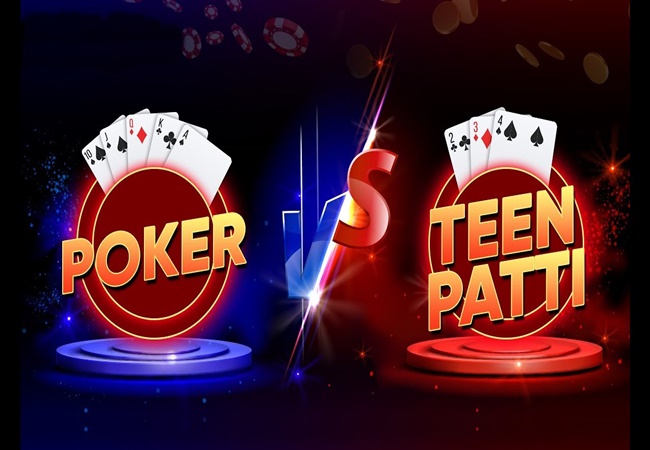
Understanding Indian Poker and Teen Patti
Before diving into the similarities and differences, it’s essential to understand the basics of each game.
Indian Poker
Indian Poker, also known as Blind Man’s Bluff, is a game that involves players holding a card on their forehead without seeing it, while they can see their opponents’ cards. The objective is to bet based on the likelihood that their card is higher than the others. Bluffing, reading opponents, and making strategic bets are essential elements of Indian Poker. The game is often played as a casual, party-style game and is sometimes used as a drinking game.
Teen Patti
Teen Patti, meaning ‘three cards’ in Hindi, is one of the most beloved card games in India. It is similar to poker but follows different betting rules and hand rankings. Players receive three cards each and place bets based on their confidence in having a strong hand. The game involves skill, bluffing, and psychology, making it an engaging and strategic card game played in both casual and competitive settings like Teen Patti Stars.
Similarities Between Indian Poker and Teen Patti
Though the two games have different rules and gameplay, they share several common elements that make them exciting and engaging.
1. Bluffing is Key
In both Indian Poker and Teen Patti, bluffing is a fundamental strategy. Since players do not always know the strength of their hand, they must rely on psychological tactics to mislead opponents. In Indian Poker, players must judge their hand strength based on others’ reactions, while in Teen Patti, a popular Teen Patti variation, they can bet aggressively to convince opponents they have a strong hand.
2. Betting Mechanism
Both games involve betting rounds where players decide whether to continue playing or fold. In Teen Patti, the bets are based on a predetermined structure, while in Indian Poker, betting is based on speculation and perception. The thrill of wagering and making calculated decisions is a significant aspect of both games.
3. Social and Entertainment Value
Both Indian Poker and Teen Patti are known for their entertainment value and social interaction. These games are often played at gatherings, festivals, and family functions, bringing people together. The psychological aspect of reading opponents and engaging in friendly banter adds to the fun.
4. Element of Luck and Skill
While both games involve luck in the form of card distribution, skill also plays a crucial role. In Teen Patti, experienced players recognize patterns, read opponents, and make strategic bets. Similarly, in Indian Poker, players must make educated guesses based on their observations, making both games a mix of chance and strategy.
Key Differences Between Indian Poker and Teen Patti
Despite their similarities, Indian Poker and Teen Patti differ in gameplay, strategy, and structure. Below are the key differences that set them apart.
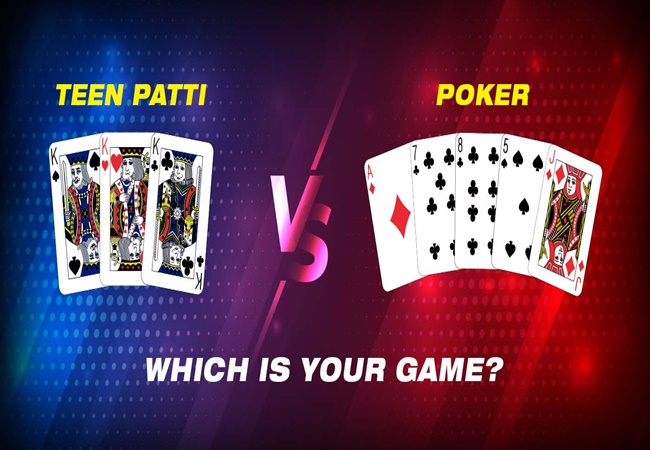
1. Number of Cards Dealt
One of the most noticeable differences is the number of cards dealt to each player:
- In Indian Poker, players receive only one card, which they cannot see but is visible to others.
- In Teen Patti, players receive three cards and make decisions based on their complete hand.
2. Visibility of Cards
- In Indian Poker, each player is unaware of their own card but can see others’ cards. This creates a unique dynamic where decisions are based on external information rather than internal hand strength.
- In Teen Patti, players know their own cards and must analyze their opponents’ behavior to determine their hands.
3. Betting Strategy
- In Indian Poker, betting is based on perceived strength and observation rather than actual knowledge of one’s hand.
- In Teen Patti, players can make more informed decisions, choosing to bet or fold based on their cards and opponents’ behavior.
4. Complexity and Skill Level
- Teen Patti is more structured and requires a deeper understanding of hand rankings and probability.
- Indian Poker relies more on psychology and intuition, making it less complex but still highly strategic.
5. Game Objective
- In Indian Poker, the objective is to have the highest card (or to convince others that you do) and win the betting round.
- In Teen Patti, the goal is to have the best three-card combination or to make others fold through strategic betting.
6. Setting and Popularity
- Teen Patti is widely played in casinos, online platforms, and home games, especially during festivals like Diwali.
- Indian Poker is more common as a casual game played at parties, often for entertainment rather than serious gambling.
Which Game is Right for You?
Choosing between Indian Poker and Teen Patti depends on your preference for complexity and strategy.
- If you enjoy quick, psychological games that involve bluffing without complex hand rankings, Indian Poker may be more enjoyable.
- If you prefer a structured card game with deeper strategy and betting nuances, Teen Patti is the better choice.
Conclusion
Both games offer unique gaming experiences that appeal to different types of players. While Indian Poker is a fun and unpredictable game that tests a player’s ability to read others, Teen Patti is a more strategic and competitive game requiring skill and experience. Understanding their similarities and differences can help players enjoy both games and develop winning strategies. Whether played for fun or real stakes, both games continue to be popular in India and beyond, bringing excitement and social engagement to players worldwide.
